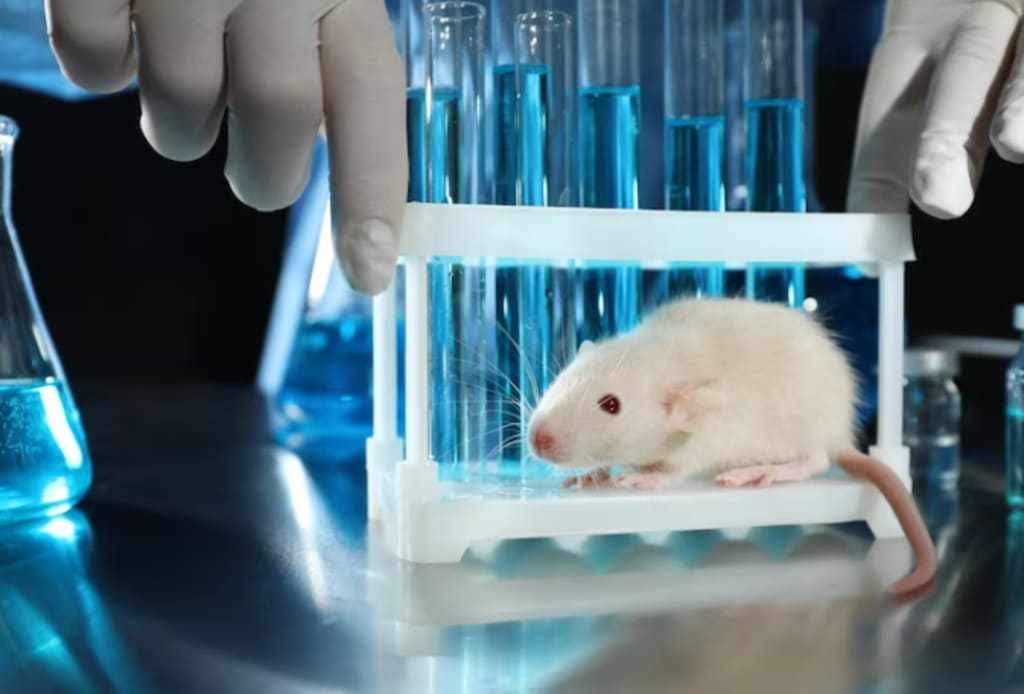Demystifying Xenograft Models: A Beginner's Guide to Understanding Their Role in Cancer Research
Navigating the Landscape of Xenograft Models and Pioneering Cancer Research with TheraIndx in India

Cancer, a formidable adversary, continues to challenge researchers and clinicians worldwide. In the quest for effective treatments and cures, scientists have turned to a fascinating tool in their arsenal: xenograft models. These models have played a pivotal role in advancing our understanding of cancer and testing potential therapies. In this beginner's guide, we will delve into the world of xenograft model, demystifying their significance in cancer research, their types, and how they contribute to the fight against this relentless disease.
Understanding Xenograft Models
Imagine a scenario where researchers need a controlled environment to study cancer's behavior, test new drugs, and develop treatments. Xenograft models provide precisely that. But what exactly are they?
1. What is a Xenograft Model?
A xenograft model involves transplanting human cancer cells or tissues into a non-human host, most commonly mice. These host animals are often referred to as xenograft mice. The purpose is to create an environment where researchers can study human cancer within a living system, allowing for the evaluation of tumor growth, response to treatments, and other critical aspects of cancer biology.
2. Why Use Xenograft Models?
Understanding the role of xenograft models begins with acknowledging their essential contributions to cancer research:
Relevance to Human Cancer: Xenograft models mimic human tumors more closely than traditional in vitro cell culture systems, providing a better representation of how cancer behaves in the human body.
Drug Testing: Researchers use xenograft models to test potential cancer drugs, helping identify promising candidates for further development.
Mechanistic Studies: They enable the investigation of cancer mechanisms, aiding in the discovery of key molecular pathways and targets for therapy.
Personalized Medicine: Xenograft models can be generated from a patient's tumor tissue, facilitating personalized treatment approaches.
Now that we've established the importance of xenograft models let's explore the different types and how they are employed in cancer research.
Types of Xenograft Models
Xenograft models come in various forms, each serving a specific purpose in cancer research. Understanding their distinctions can help researchers choose the most suitable model for their studies:
1. Subcutaneous Xenografts:
Description: In subcutaneous xenografts, cancer cells are injected just beneath the skin of the host animal.
Use: These models are commonly employed for initial tumor growth studies and assessing the efficacy of potential therapies.
2. Orthotopic Xenografts:
Description: Cancer cells are implanted into the organ or tissue where the cancer originates in humans.
Use: Orthotopic models are valuable for studying tumor progression, invasion, and metastasis in a context similar to the human disease.
3. Patient-Derived Xenografts (PDX):
Description: PDX models involve transplanting a piece of a patient's tumor directly into a xenograft host.
Use: PDX models are instrumental in personalized medicine, allowing researchers to test various treatments on a patient's own cancer tissue.
4. Cell Line-Derived Xenografts:
Description: Human cancer cell lines are injected into the xenograft host.
Use: These models are useful for high-throughput drug screening and mechanistic studies.
5. Humanized Xenograft Models:
Description: Human immune cells are co-transplanted with cancer cells into immunodeficient mice.
Use: Humanized models are employed to study the interactions between the immune system and cancer, crucial for immunotherapy research.
The Role of TheraIndx in Xenograft Mouse Models (India)
Now that we've grasped the fundamentals of xenograft models in cancer research, it's essential to know where to turn for reliable resources and services. In India, one of the prominent players in the field is TheraIndx.
Why Choose TheraIndx for Xenograft Mouse Models in India?
- Expertise in Xenograft Models: TheraIndx boasts a team of experienced researchers well-versed in generating and maintaining various xenograft models.
- State-of-the-Art Facilities: TheraIndx's facilities are equipped with cutting-edge technology, ensuring the highest quality xenograft models for your research.
- Ethical and Regulatory Compliance: TheraIndx adheres to stringent ethical and regulatory guidelines, prioritizing the welfare of research animals.
- Customization: They offer customized xenograft models, allowing you to tailor the model to your specific research needs.
- Comprehensive Services: From model creation to data analysis, TheraIndx provides end-to-end support for your cancer research projects.
In summary, xenograft models have revolutionized cancer research by providing a platform to study cancer in a biologically relevant context. Their ability to mimic human tumors, coupled with their versatility, has made them indispensable in drug development, mechanistic studies, and personalized medicine. When conducting xenograft research in India, TheraIndx stands as a reliable partner, offering expertise, advanced facilities, and ethical practices to support your cancer research endeavors. As we continue the fight against cancer, xenograft models will remain a vital tool in our quest for better treatments and, ultimately, a cure.





Comments
There are no comments for this story
Be the first to respond and start the conversation.